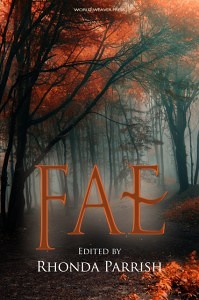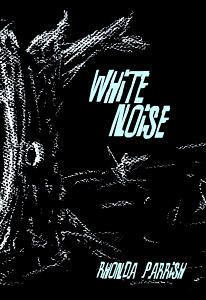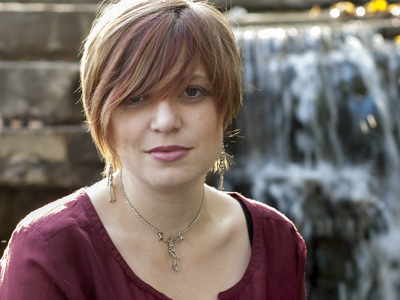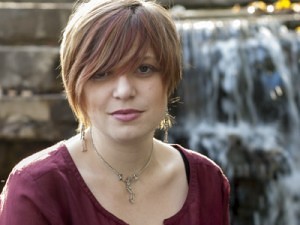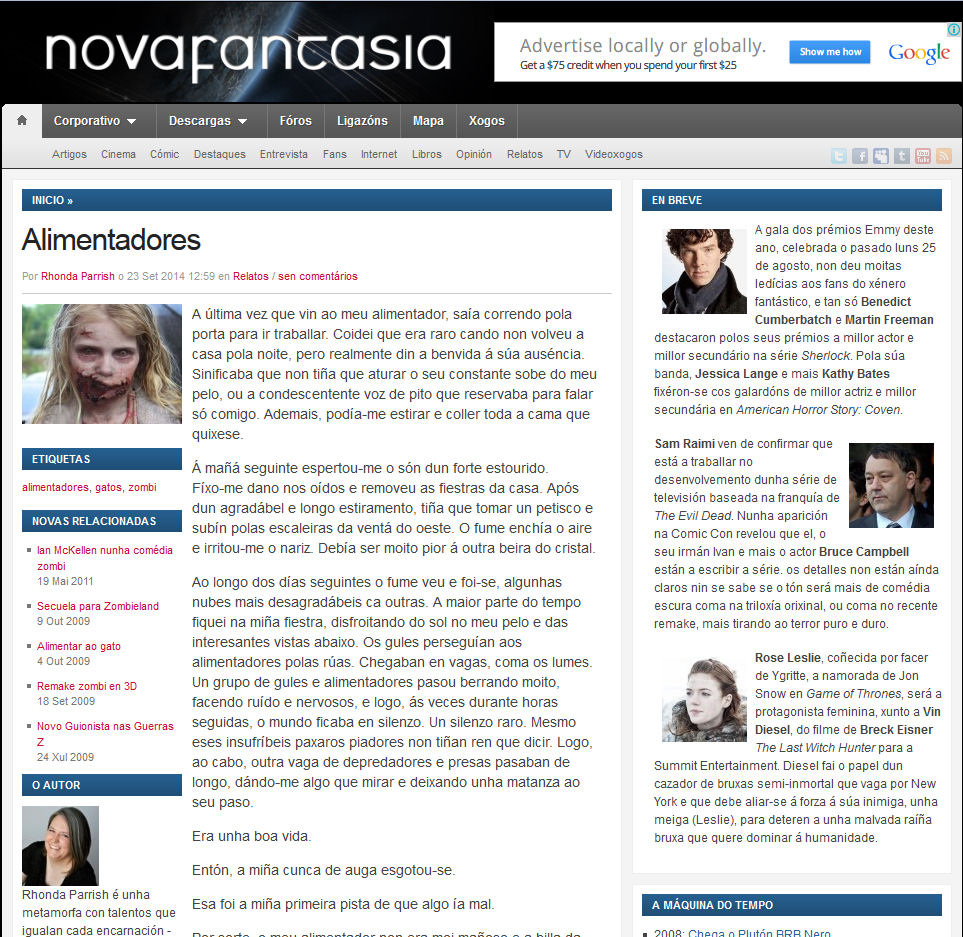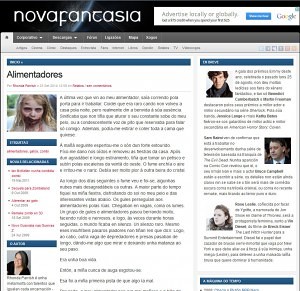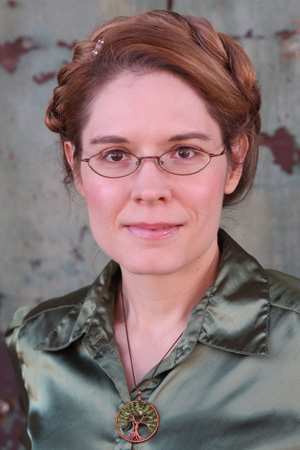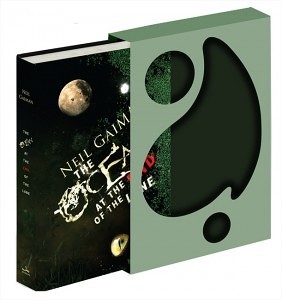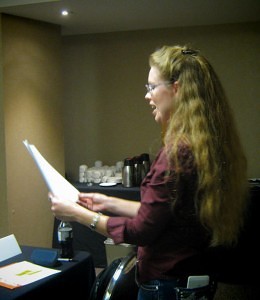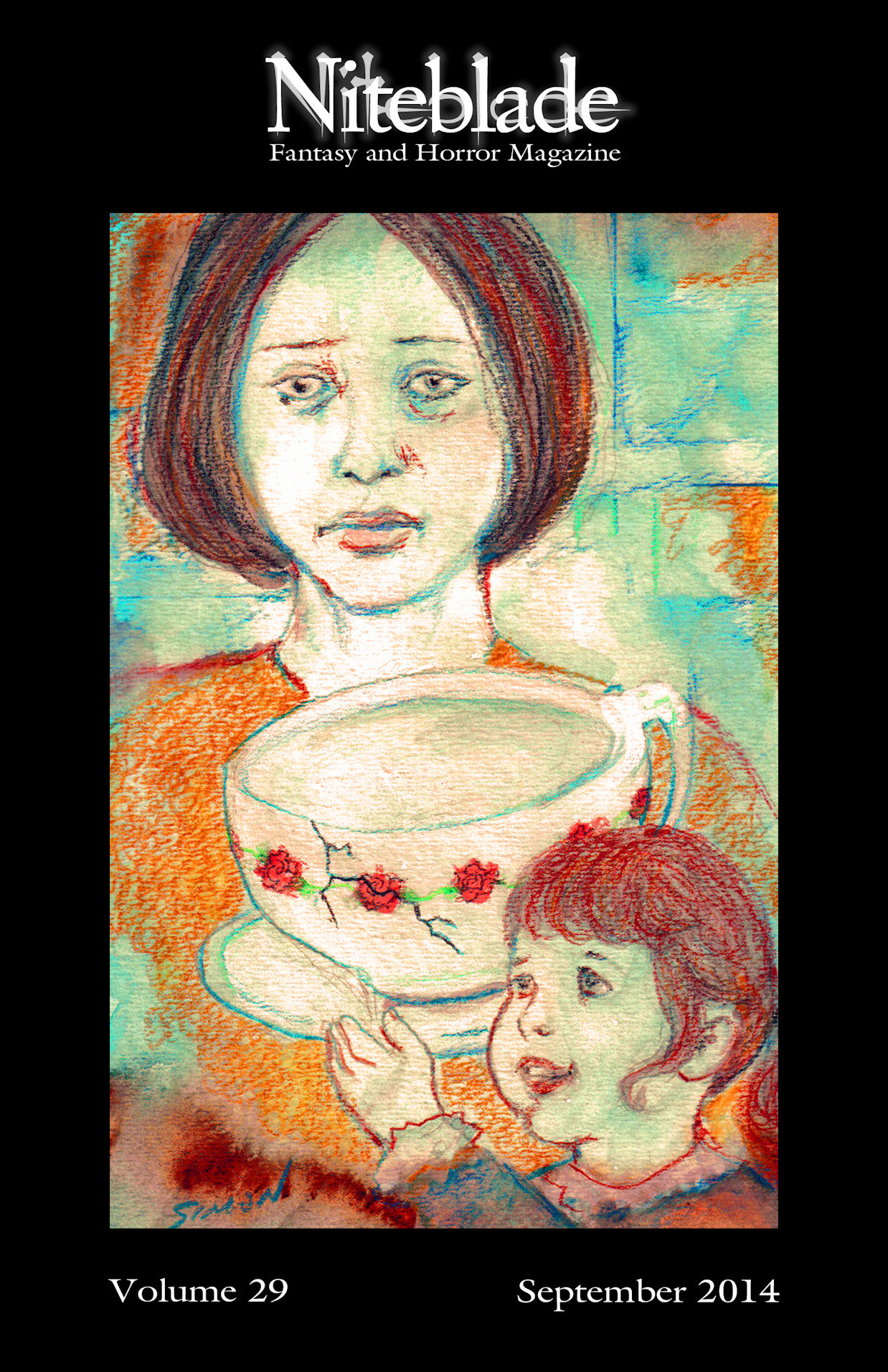For this week’s Fae-tastic Friday I’m stoked to bring you an interview with another contributor to Fae, Christine Morgan!
~*~
Christine Morgan’s Interview
What was the inspiration for your Fae story?
It was one of those articles about toy marketing for girls vs. boys, the dreaded “pink aisle” and special girly LEGO and that kind of thing. It led me into thinking about the whole history of toys and “traditional” gender-based play, which then led to all that stuff about snips and snails and puppy dog tails, boys are active and rambunctious, sugar and spice and everything nice for little girls all clean and polite … and it annoys the heck out of me. Then I started thinking about Peter Pan, and how here’s this wonderful world of excitement and adventure for the boys, but Wendy’s expected to be the nice mommy, and wanted to write something where … what if it went kind of a different way around? Why should the boys get to have all the fun? Why not make them pay for it, in a kind of malicious way?
Was this your first foray into writing fairy stories?
Not at all. Always been very into them, going back to when I must’ve checked out a couple of those Andrew Lang color collections (the Green Fairy Book, the Red Fairy Book, etc.) every week. As I got older, I realized how much of a powerful female perspective they had … as they should. Sure, it was the Brothers Grimm who collected them and got the credit, but it was the mothers, the big sisters, the grandmothers, who were making up and telling these stories. For me, as a writer, the real fun is in taking the classics and giving them a new twist or fun quirk, to play with the old tropes. And, sometimes, to do weird mash-ups or re-imaginings just to see what happens. I’ve recently, for example, sold one called “The Arkham-Town Musicians” to an anthology of Lovecraftian fairy tales, and I’ve got a heist version of Cinderella, “Cinder’s Twelve,” in another upcoming book.
Can you tell us a bit about the specific type of fairy creature in your story? Is that your favourite type of fae?
I think of Rosie as being of the Fair Folk / Puck-ish variety, sprite-like, but a little mean. Puck’s depicted as a trickster, but generally benign, seeking to make amends and all that. Rosie’s more the kind who would grow up to steal babies and replace them with changelings, or do real harm. That kind, for me, is the most fun to write about because they might look human enough, but their attitude is completely inhuman, not bound by or even understanding human morality. I also like the little winged pixie-types; more Disney’s Fantasia with the nature magic and the flowers and the snowflakes … which mostly didn’t interact with humans but just flitted about and did their thing.
Outside of your own writing, who is your favourite fairy character? (ie: Tinkerbell, Puck, etc.) What is it about them that makes them special?
The court of A Midsummer Night’s Dream. They exemplify that inhuman attitude I mentioned above, something so foreign and alien to us that it’s almost beyond comprehension. I mean, think about it, Oberon’s all “Ha-ha, made you *bleep* a donkey, ha-ha!” and Titania’s all “Oh, YOU! You sillybuns! Let’s make up!” Gotta love Tink, though … if only for the scene in the Disney animated classic where she’s on the mirror admiring herself and suddenly gets concerned about the size of her rump … and the whole jealous attempted-Wendy-murder.
Those are definitely my favourite Tink moments too! Do you believe in fairies?
I believe in … not really sure what, exactly … but, something more or other than what we can normally perceive. Mostly, I believe in not wanting to rule things out; like to keep my options open. Who am I to say for sure? Got to have a flexible mind and be able to go with the flow. Or maybe I’m too much of a horror writer and know it’s the ones who dig in their heels about there being “no such thing as” who usually meet a band end first.
Excerpt from Rosie Red Jacket by Christine Morgan (230 words):
“Boys are the horridest,” someone said. “Aren’t they just?”
Georgina, on the stone bench by the garden hedge, started so that she almost dropped her book. She caught it against her lap and looked around.
Here was the yard, grassy lawns and flower-beds and tree-shaded paths sloping up toward Drewbury Hall, where her uncle’s family lived. Where she, too, now lived, because she had noplace else to go. The brick walls climbed green with ivy, the roof-slates were grey, and curtains stirred in open windows as the maids aired out the rooms.
The only person she saw was Partridge, the driver, out by the carriage-house. He crouched in front of the big brass-grilled snout of Uncle’s gleaming auto-motor, polishing the luminaries with a soft rag. It couldn’t have been him that she heard, because he was too far away, whistling as he worked.
And the voice had sounded much more like that of a child, a girl her own age.
Which would have been nice, but the only other girl for miles about was the coalman’s daughter in the village. Mrs. Curtis, the housekeeper, insisted it simply wouldn’t do for Miss Georgina to associate with the coal-scuttle girl. Such things weren’t proper, and therefore, weren’t done.
She was about to decide she’d imagined it when the someone spoke again.
“Don’t you wish that they’d all get the speckles and die?”
~*~
Available direct from the publisher:
Or find it online:
Goodreads
Amazon
Barnes & Noble (Paperback)
Barnes & Noble (Nook)
Kobo
Books-a-Million

